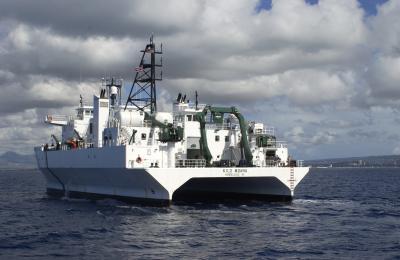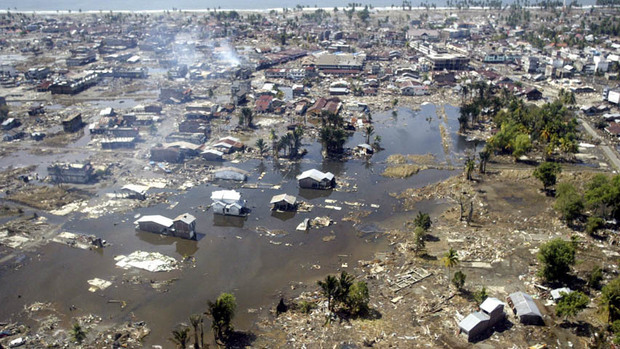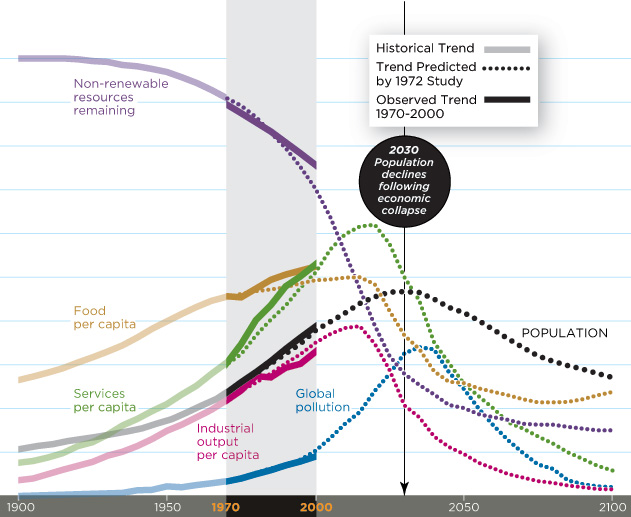You are here
Tue, 2009-04-28 07:48 — admin
The mission of this working group is to display and discuss the most important efforts to engage scientific visualization on issues of health and resilience.
General Topic Tags:
Problem, Solution, SitRep, or ?:
Group:
Group description:
This Working Group is focused on scientific visualization pertinent to resilience and sustainability.
Group visibility:
Public - accessible to all site users
Add Content to this group
Members
| admin | Albert Gomez | bart.stidham | ChrisAllen | DeannaPolk | efrost |
| rwelborn |







Recent Comments